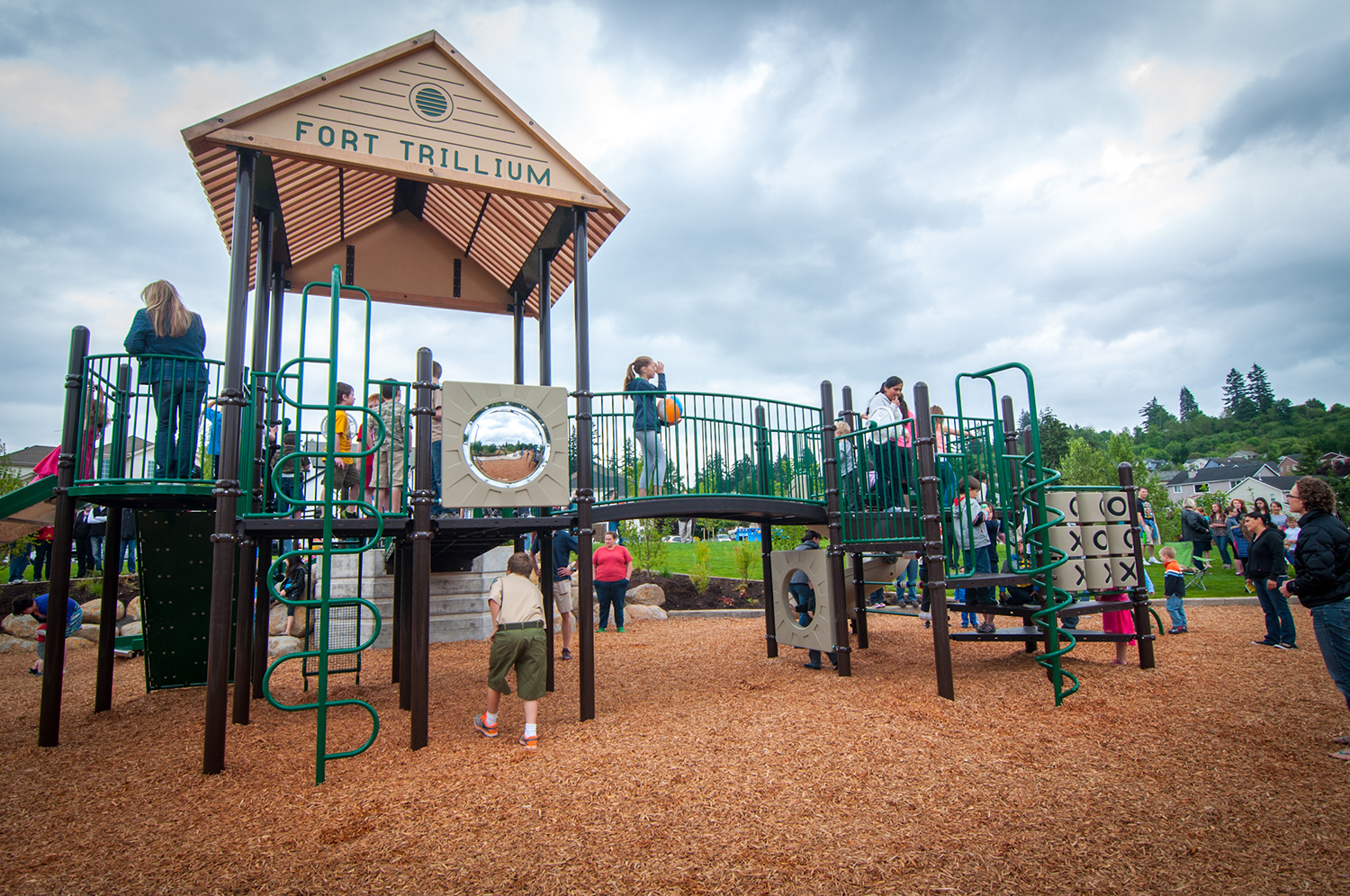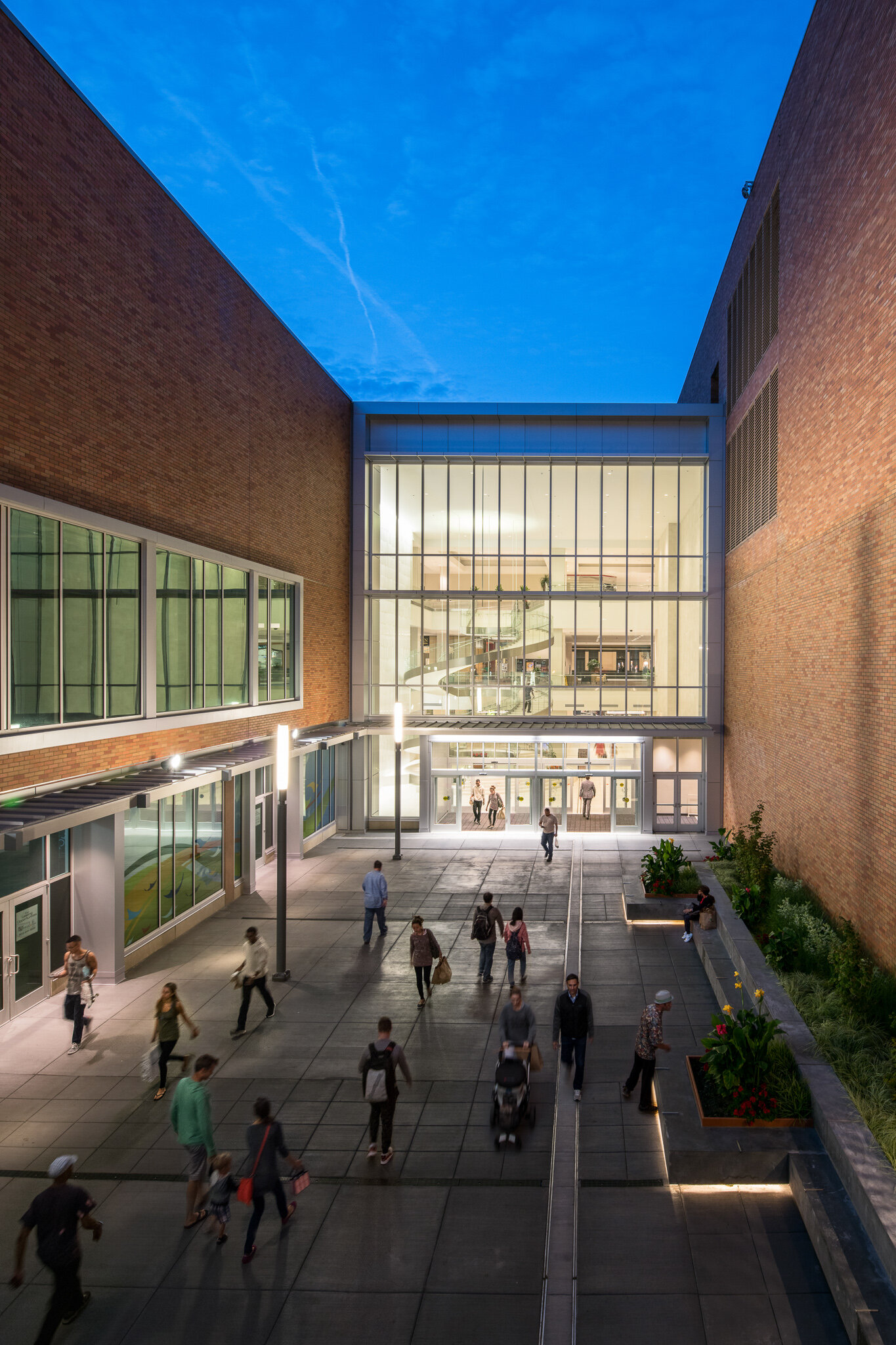Pringle Creek Community Pervious Pavement
/This sustainable housing and mixed-use, 32-acre project spearheaded the redevelopment of the 275-acre former Fairview Training Center site in southeast Salem. The project incorporates sustainable design concepts for both the building types and the public infrastructure. As part of an interdisciplinary team, GreenWorks implemented a wide range of project objectives related to sustainable site design. GreenWorks design responsibilities included: collaboration on design of green streets and rain gardens; public recreational spaces; the Village Green open space; pedestrian / pathway network; woonerfs; greenway enhancement; and overall landscape treatment. The project was awarded the Land Development of the Year Award in 2007 from the National Home Builder’s Association.
































































